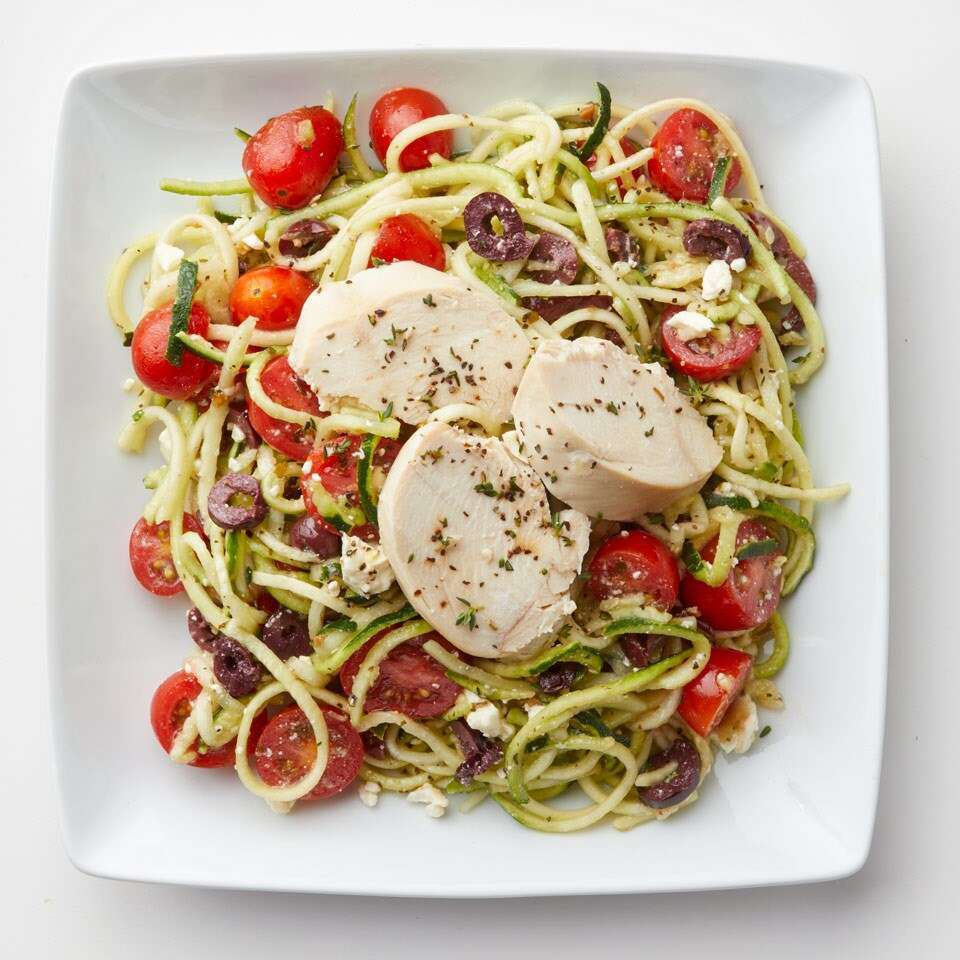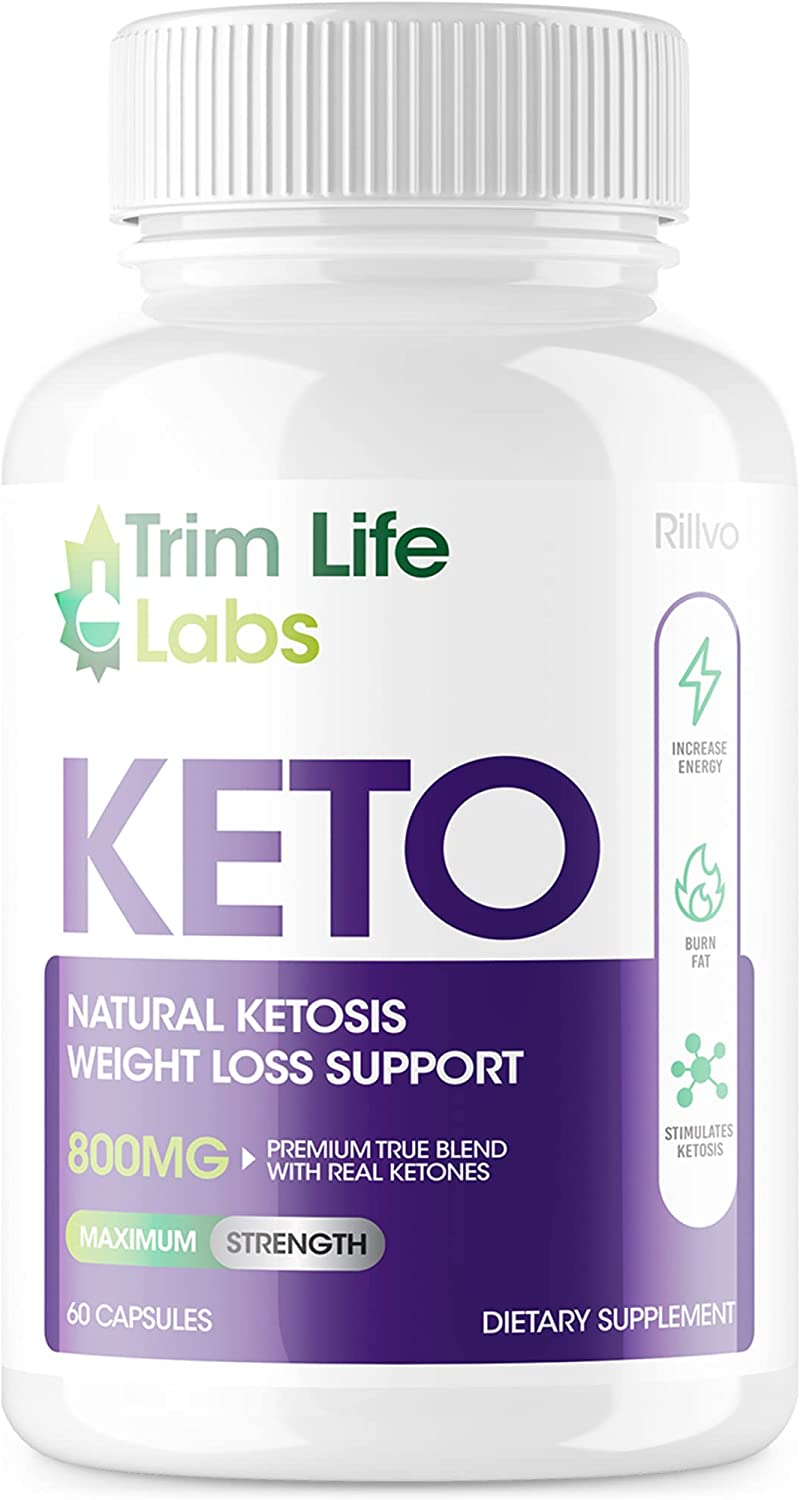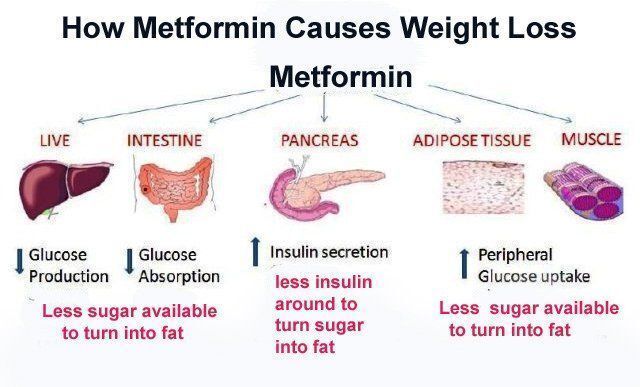
Dog owners know that their best friend needs to exercise regularly. So, how can you make walking a weight loss exercise for your dog? Here are three things you can do to make walking more difficult and help your dog lose more calories. You should set a goal for weight loss when you start walking. For example, a weekly goal of losing five pounds each week. As you get fitter, increase the difficulty and speed with which you walk.
Increase the difficulty of your run to burn more calories
To burn more calories, increase your intensity while you walk. You can increase the pace, add hills or increase the resistance to help you do this. You will burn more calories if you make these changes to your heart rate. Walking up hills, for example, requires you to use additional muscles for stability. To achieve this, you can use your power walk every five minutes or so.
A recent review of walking poles showed that obese participants lost more weight. A 2008 large-scale study also found that obese people who used the walking poles lost more than those who did without. The researchers also found that those who increased their walking intensity were less likely to gain weight, and they were more likely to lose and maintain their weight. Strength training is also a great way to lose weight. It builds muscle and reduces joint stiffness. Walking increases your intensity and you can add poles, intervals, and hilly terrain to increase your chances of achieving more.

To lose more belly fat, speed up your walking
According to a 2007 study, increasing your speed when you walk can dramatically increase the amount of calories that you lose from belly fat. Your maximum heart rate, which is your age plus two20, is 55-65 percent when you walk. Your body will burn 60 per cent more fat if you walk at this pace. The average person can walk in this zone for as long as they maintain good posture and a powerful stride. If you're unsure of how fast to walk, check your heart rate at various intervals to make sure you're moving efficiently.
Interval training, which is a method to increase the speed at which you walk and burn more belly-fat, is another great option. This type of exercise program involves alternating short bursts of high-intensity effort with rest periods. A good way to determine your walking speed is to count your steps after 20 seconds of warmup. Take that number and multiply it by three. To get the best results, aim to go three to four mph.
Setting a goal for walking to lose weight
If you've been thinking of starting a walking program to lose weight, there are a few things you should consider. Many people find that having someone to walk with them can help motivate them to keep their goals in mind. While others may be looking to increase their daily steps above 10,000, any increase will aid in weight loss. Consider purchasing a fitness monitor if you aren’t sure which intensity level to aim for. A tracker can also be used to motivate you to get more steps every day.

Another important factor is to set a realistic goal for yourself. Walking is an excellent way to manage your weight. NEAT is a natural part of movement and can help you meet your weight loss goals. A few minutes of walking per day can burn about 200 calories. This is a substantial caloric deficit.
FAQ
Can I drink alcohol while exercising?
Yes. Alcohol can increase energy expenditure, speed recovery time, and reduce soreness.
Additionally, alcohol can increase insulin sensitivity and make it easier to absorb glucose.
Dehydration can result from alcohol, which can affect your metabolism. Also, alcohol can reduce testosterone production, which may lead to lower muscle-building potential.
These are the reasons women should not drink alcohol before going to work out. Women who drink heavily should wait at LEAST 24 hours before they start working out.
Breastfeeding women should stay away from alcohol.
Men should limit their alcohol intake to just one drink each day.
Eggs good for men
All nutrients are contained in the egg. It aids in maintaining strong bones, healthy hearts, and lungs, as it also maintains stable blood pressure.
Eggs are an excellent source of protein, vitamins A, B12, D, E, K, calcium, phosphorus, iron, zinc, copper, magnesium, selenium, and riboflavin.
The egg yolk contains high levels of cholesterol. It does not contain any saturated fat. Eggs have less saturated oil than many other foods.
They are also low-calorie and high in sodium. You can make them in any way you like. They can be fried, poached, scrambled, boiled, hard-boil and baked.
They are very healthy and simple to make.
Two whole eggs should be eaten each day. You can add eggs to your diet if you don't like eating eggs.
Essential nutrients are provided by eggs. Try adding them to your daily diet today.
What is the best workout routine to build muscle?
There are two main things you must do when building muscle mass. These are the isolation exercises as well as compound movements. While isolating exercises target specific muscles, compound movements are designed to focus on multiple muscle groups at once.
It is important to do exercises that work all of your major muscles groups. This ensures that your sessions are challenging and you are always working hard.
MyFitnessPal is an app that allows you to track your activities. It can track everything from calories burnt to weight lifting. You can also make custom meal plans according to your goals.
Statistics
- Cardmembers earn 5% Back at Amazon.com with a Prime Credit Card. (amazon.com)
- By John Thompson Take a whopping 38% off a set of PowerBlock Pros. (menshealth.com)
- An estimated calorie range for moderately active adult males falls between 2,200 to 2,800 calories per day, depending on age. (eatright.org)
- 10 pounds in a month is likely during a lean bulking phase, especially for beginners. (muscleandstrength.com)
- The PRS enabled risk stratification for overall prostate cancer and lethal disease with a four-fold difference between men in the highest and lowest quartiles (HR, 4.32; 95% confidence interval [CI], 3.16-5.89). (pubmed.ncbi.nlm.nih.gov)
External Links
How To
How can I exercise to burn fat?
Exercise burns calories through increased metabolism and oxygen consumption.
If you exercise with moderate intensity, you can safely lose weight.
These are the top tips for burning fat while you exercise.
-
Cardio exercises include swimming, running or cycling.
-
Exercise for 30 minutes three times per week.
-
Add strength training to your workouts if you are looking to lose more weight.
-
Avoid intense training. You can build muscle without having to lose muscle tissue.
-
Drink plenty of water during exercise. Water flushes out toxins, and keeps your body properly hydrated.
-
After working out, drink low-fat protein shakes. Protein shakes repair muscles and increase energy.
-
So you don’t feel hungry, eat smaller meals throughout your day.
-
Don't skip breakfast! You can feel tired and slow if you skip breakfast.
-
Take care of your mind. Stressful situations can slow metabolism.
-
Keep a positive attitude. Studies show that overweight people are more likely to be obese than those who perceive themselves as attractive.
-
Get enough sleep. It is harder to lose fat if you don't get enough sleep.
-
Be active. Be sure to get up and move around every hour or two.
-
Maintain a healthy diet. You will feel fuller longer if you eat right.
-
Find ways to relax. Relaxing doesn't mean your body releases stress hormones which cause muscle tissue to be destroyed.
A balanced diet will provide all nutrients that are necessary for growth.
Six small meals per day is better than three large meals. This allows your body time to digest what you've eaten.
You need about 500 milligrams of calcium daily to maintain strong bones. Calcium can be found as a dairy product such as milk, yogurt and fortified soy drinks, orange juices, cereals, breads, and cereals.
Calcium comes from leafy green vegetables, beans, tofu, nuts, seeds, and cheese.
Vitamin D is required for calcium absorption. Vitamin D is found in eggs yolk, fatty fish and fortified foods.
Vitamin E is vital for your skin's health. It can be found as a vegetable oil, wheat germ, peanuts or almonds.
Zinc is essential for healthy immunity and wound healing. Zinc can be found in seafood, legumes and meats.
Zinc deficiency can cause fatigue, loss of appetite, depression, and impaired immunity.
Consuming too much sugar can cause insulin resistance. This causes an increase in blood glucose levels. Insulin resistance causes weight gain.
When there is a high level of free radicals, insulin resistance can develop. Free radicals are molecules containing unpaired electrons which cause damage to cells membranes.
Free radicals come mainly from food additives, pesticides, herbicides, preservatives, smoking, air pollution, radiation, chemicals in cosmetics, lotions, and household cleaning supplies.
Free radical damage may lead to cancer, heart disease diabetes, arthritis, asthma and other conditions.
Antioxidants are essential for preventing free radical damage. Antioxidants protect against oxidative damage.
Antioxidant vitamins include Vitamin C (found in citrus fruits), beta carotene (found in carrots, sweet potatoes, spinach, broccoli, cantaloupe, apricots, squash, mangoes, peaches, peppers, tomatoes, cabbage, cauliflower, kale, Brussels sprouts, collard greens, watermelon, and strawberries), and Vitamin E (found in nuts, olive oil, avocados, and eggs).
Selenium, copper as well as manganese and zinc are some other antioxidant nutrients.
Selenium protects cells from free radical damage. Selenium can be found in Brazil nuts and liver, kidneys, liver, kidneys, shrimp, cod, turkey and lamb as well as chicken.
Copper protects the brain, eyes, lungs, and red blood cells. Copper is found in shellfishes, poultry, meat, organ meats, and other foods.
Manganese, an essential component of bone strength, is crucial. Manganese may be found in brown rice or spinach, bananas and prunes as well raisins, oatmeal and lentils.
Zinc is important for healthy growth, reproduction, and wound-healing. Zn is present in lean cuts of meat and white fish, as well as eggs.